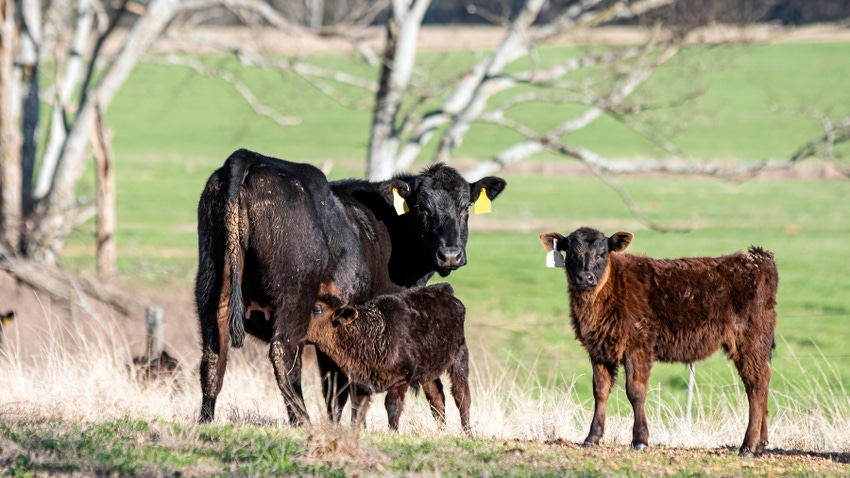October 30, 2023

by Bill Halfman
A frequently heard recommendation for beef farms is to separate the 2-year-olds and thin cows from the main herd during the winter-feeding period. Three-year-olds may also benefit from being in this group because they are still growing. This is important every year, and likely even more important during years of limited forage resources.
For the first time in their lives, 2-year-old heifers have a lot going on over the spring and summer when they calve for the first time. They are feeding a calf and recovering from calving. They also need to rebreed within 80 to 85 days of calving to get on a 12-month calving interval and remain valuable members of the herd.
Amid all these events, they are still growing themselves. Their rumen capacity is lower than their mature herd mates, so in addition to the greater demands previously identified, they cannot eat as much. A general rule of thumb is that young cows can eat 85% to 90% of what they will eat at their mature size. Cattle continue to grow until they are 4 years old.
With all this going on, it is common for 2-year-olds and some 3-year-olds to be thinner than the mature cows when the calf crop is weaned. Thinner cows will benefit from being in a separate group so their specific needs can be met to prepare them to calve and rebreed next year. Separating them from the mature cows allows the most economical use of better forages and supplemental grain to get them in good condition for the next calving season, while not overfeeding the mature cows.
Pushed out
If the young cows are left in with the rest of the herd, they will likely be pushed away and not have sufficient access to feed — especially concentrates that are fed at lower rates per head. The mature boss cows will eat all they want, becoming fatter, and the young cows will remain thin or may even lose weight. Economically, this is a losing situation for the farmer.
Thinner cows also burn more energy to stay warm in the winter because they do not have as much subcutaneous fat to act as insulation, making the situation worse. If cows are thinner than ideal at calving, there is greater risk of weak calves at birth, poorer quality and quantity of colostrum, and a lower chance of getting rebred in a timely manner.
The table below compares mid-trimester gestation needs of a mature 1,400-pound cow to a 2-year-old 1,200-pound cow. The mature cow has a body condition score of 5.5 that should be maintained, while the 2-year-old cow has a BCS of 4.5. The younger cow should gain ½ body condition score per month during the mid-trimester of gestation after fall weaning to be in ideal condition come spring. Keep in mind the young cow can only eat 85% to 90% of what the mature cow can, so energy and protein density need to be greater in the feed, too.

In summary, young cows have different nutritional needs than mature cows. They are still growing themselves and are often thinner going into winter than the mature cows. Putting young cows in a separate group will help optimize allocation of feed resources to prepare them for the following year without wasting resources by overfeeding the mature cows.
Halfman is a University of Wisconsin Extension beef outreach specialist.
Read more about:
NutritionYou May Also Like




